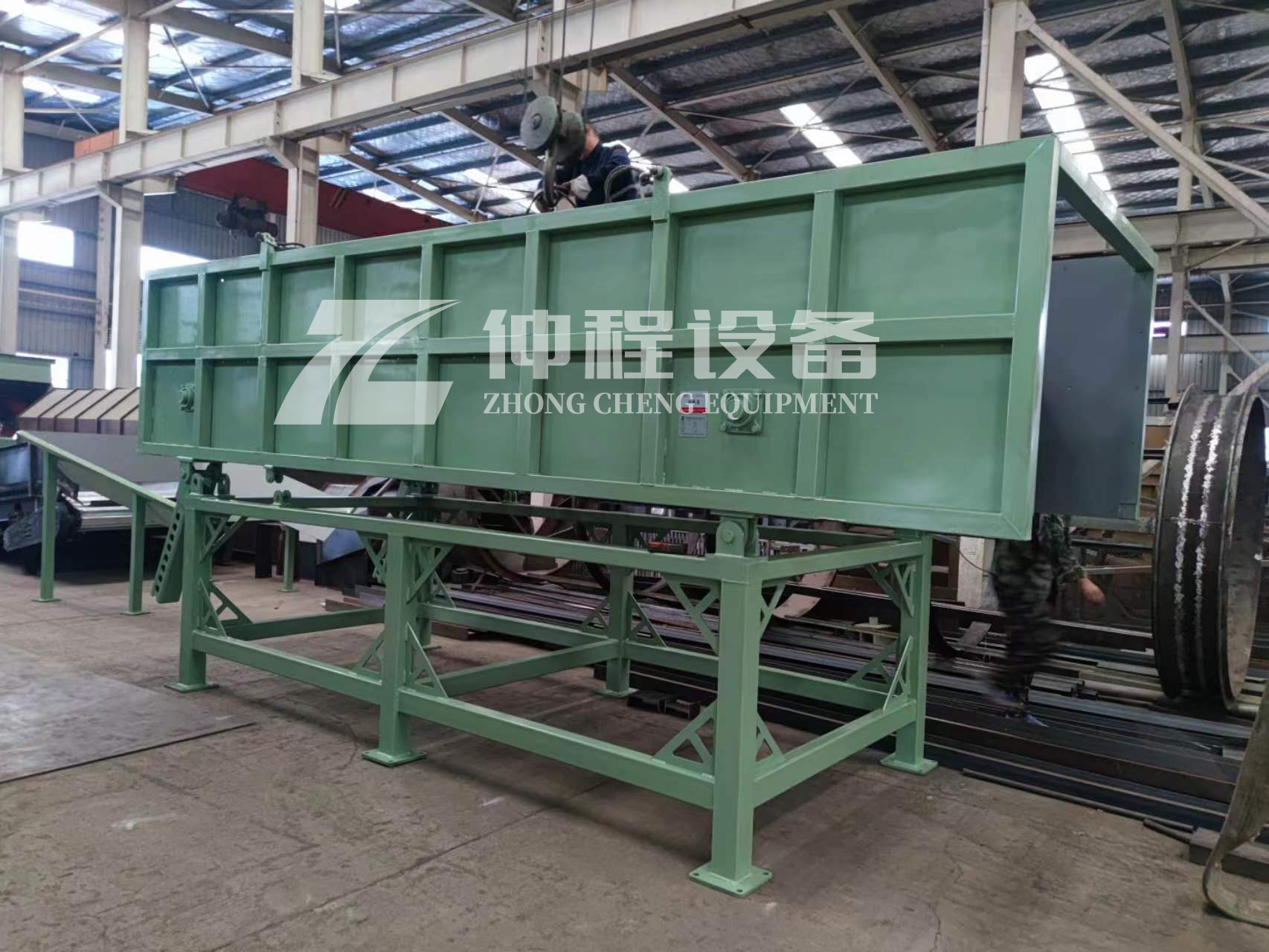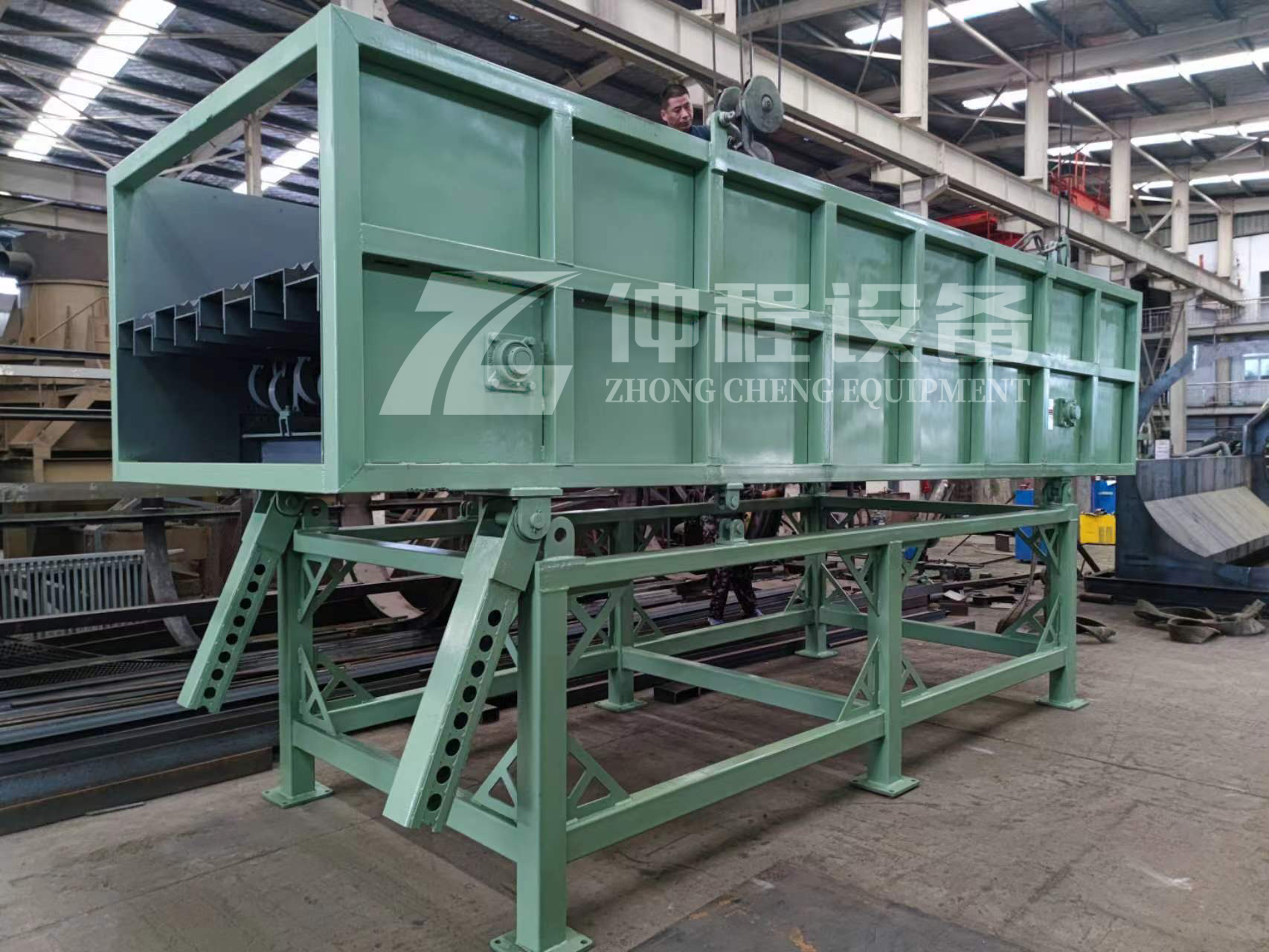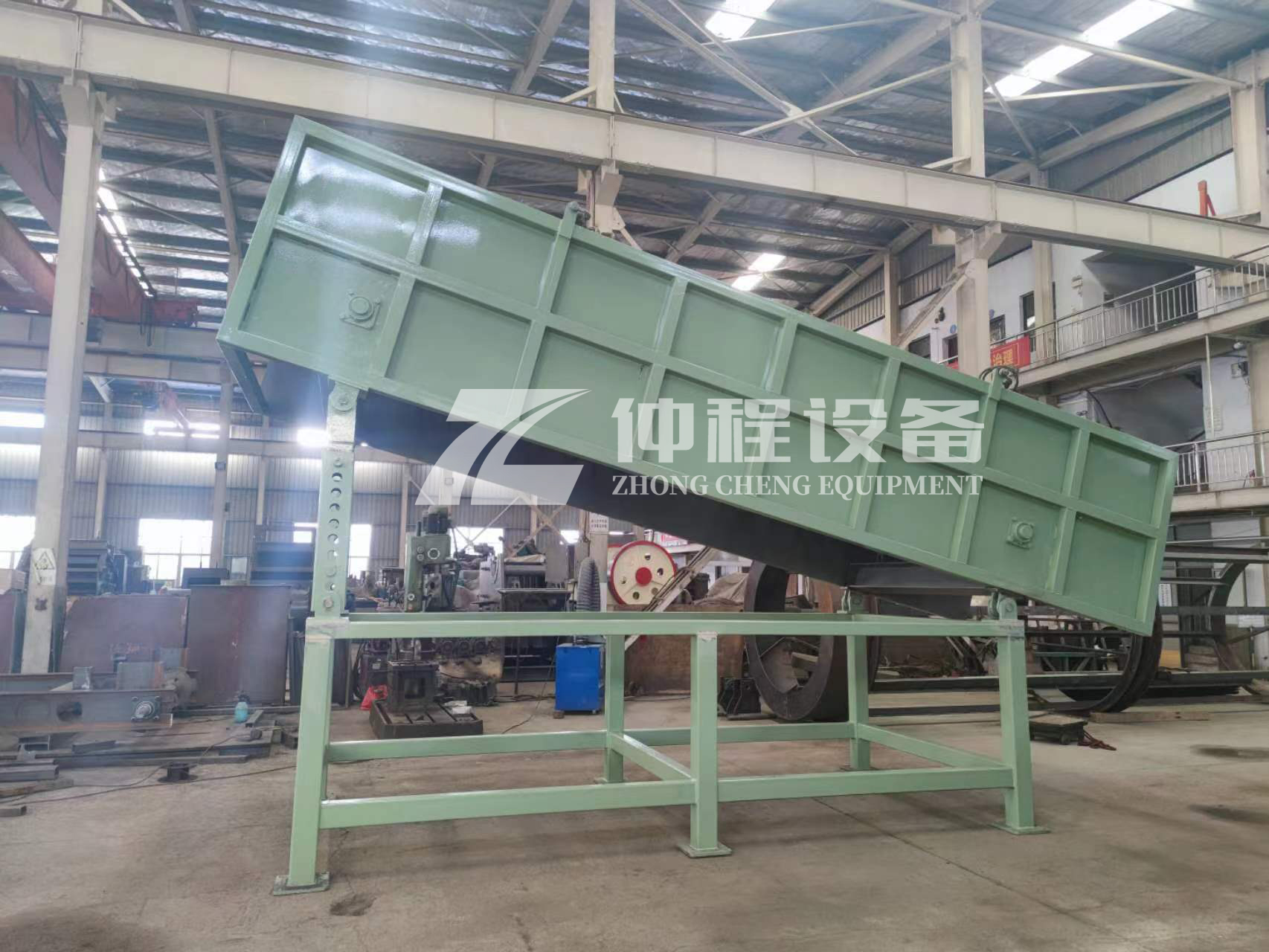Discover the Magic of Vibrating Screens: Industrial Sieving Solutions
Introduction to Vibrating Screens
A vibrating screen, also known as a bounce screen or shaking screen, is a piece of equipment used for sorting materials in many industrial processes. It consists of a screen frame, a motor, and a vibration mechanism that allows the screen to oscillate. The primary function of a vibrating screen is to separate different sizes of particles within a material mixture, making it an essential tool in various sectors such as mining, construction, agriculture, and food processing.

Working Principle of Vibrating Screens
The working principle of a vibrating screen involves the use of mechanical force to move material across a surface in a defined path. Typically, this is achieved by attaching a motor to the screen that causes it to vibrate. As the screen vibrates, smaller particles pass through the screen mesh while larger particles remain on top or are discharged from the other end. This process effectively sorts the material according to size.

Characteristics of Vibrating Screens
- Efficiency: Vibrating screens can handle large volumes of material quickly and efficiently.
- Durability: They are built to withstand harsh conditions and continuous operation.
- Adjustability: Depending on the application, the amplitude and frequency of the vibrations can be adjusted to optimize performance.
Maintenance: Regular maintenance is required to ensure longevity and optimal performance.
Specifications:
| Model | Dimension(mm) | power(kw) | Capacity(t/h) |
| 1240 | 1.2m*4m | 5.5kw | 30 |
| 2060 | 2m*6m | 15kw | 150 |
Industries Where Vibrating Screens Are Applied
Vibrating screens find applications across a wide range of industries:
- Mining Industry: Used to separate ore grades and remove impurities.
- Construction Industry: Helps in grading aggregates and separating debris from usable materials.
- Agriculture Industry: Utilized for sorting grains, seeds, and other agricultural products.
Food Processing Industry: Used to sieve and grade food products ensuring quality standards are met.

These screens play a crucial role in improving efficiency and productivity in these industries by ensuring materials are correctly sized and sorted.
-
 Trommel screenTrommel screen, also known as drum screens, are widely used in various industries for sorting and separating materials.Get Quote
Trommel screenTrommel screen, also known as drum screens, are widely used in various industries for sorting and separating materials.Get Quote -
 Crop straw double shaft shreddApplications:Biomass Energy Production: Shredded straw can be used as a feedstock for bioenergy plants to produce electricity or heat.Livestock Feed: Reduced-si...Get Quote
Crop straw double shaft shreddApplications:Biomass Energy Production: Shredded straw can be used as a feedstock for bioenergy plants to produce electricity or heat.Livestock Feed: Reduced-si...Get Quote -
 Zhongcheng Air Drum SeparatorAir drum separators effectively separate lightweight materials (e.g., plastics, paper) from heavier materials (e.g., metals, glass). This high efficiency is cru...Get Quote
Zhongcheng Air Drum SeparatorAir drum separators effectively separate lightweight materials (e.g., plastics, paper) from heavier materials (e.g., metals, glass). This high efficiency is cru...Get Quote
-
2023-01-12WindshifterWindshifter (Air Drum Separator ) is the ideal solution for separating all kind of waste types into two fractions, heavy and light. The robust construction and ...
-
2023-01-12Horizontal Semi-Auto Hydraulic BalerSemi automatic balers are used across the logistics, recycling and manufacturing sectors to process large volumes of waste materials such as cardboard, film, pa...
-
2024-04-25Recycling Finger ScreensFinger screen is a type of screening equipment used to separate materials based on size. Unlike traditional screens, finger screens consist of a series of paral...
-
2024-05-20Mobile Impact Crusher PlantThe mobile impact crusher plant is a kind of crushing equipment based on a mobile platform. It uses an impact crusher as the host machine and is usually equippe...
-
2024-08-20A rubber double shaft shredderExamples of Specific Models:GDB Series Biomass Shredder: Although primarily designed for biomass materials, this model can also be configured to handle various ...



